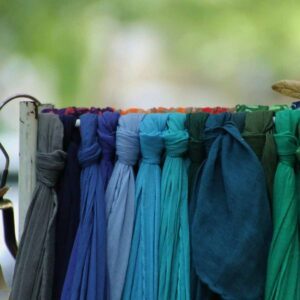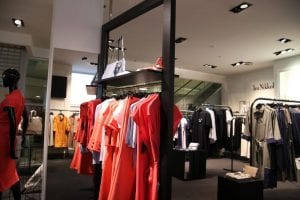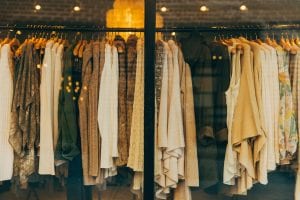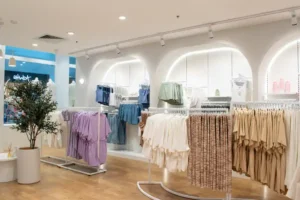Planning a shop fit out is always a financial balancing act, no matter the budget. Chances are, you will need to scrimp a little (or a lot) to make room in the budget for the most important things to your customers and the prosperity of your store. But how do you make those decisions?
When you are laying out your budget, be realistic about what you can afford to accomplish. Have a revenue-per-square metre in mind, so you know how much to invest. Don’t assume “if you build it they will come”. Make it attractive and inviting. Remember; budgeting for a shop fit out is a very individual endeavour, but it can help to get a big-picture view from experienced shopfitters.
What to Spend On:
- Systems built to last. Retailers who invest in good ‘bones’, such as permanent fixtures and air-conditioning may think customers never notice these investments. However, customers always notice if the long-term systems are non-existent or poor quality. Aside from the benefits, a system like this makes a lot of sense to do now rather than later — it would be a major hassle to install these things after you have settled into your shop.

Australian Slotwall is made to last, and provides endless flexibility
- Custom features that improve operations. If you are moving into an awkward space to work with, investing on custom storage and counters may make all the difference. This is what makes your space efficient and organized.
- Security. You can’t get away with neglecting security, and prevention is better than a cure. Installing mirrors and door buzzers could feel like a waste of money, but it may save you a fortune down the track.
- Transient displays. Think creatively. When purchasing visual display aids, consider how you can repurpose them next season. An acrylic sign holder can turn into a shoe stand or a necklace holder, making it a worthy investment. Spend a little extra to ensure quality and longevity, and over time, you save ten times more by not having to repurchase new displays.
What to Save On:
- Colour choices for fittings. While a vivid and colourful display unit might seem like a good idea initially, you and your customers will get bored with it quicker than you would imagine. Neutral coloured shop fittings recede into surrounding, making the items for sale more noticeable. Even better, neutral coloured fittings are often less expensive and more readily available.
.jpg)
You don’t notice the white and chrome fittings, do you?
- Paint. Paint is something you may be able to save a lot on. Choosing a less expensive alternative, for example a flat paint as opposed to an ‘effects’ paint are very cost effective measures. No one knows what you spent, or says ‘oh that wall would look so much better with sheen’. Don’t compromise on paint quality; just select something a little less obscure to start saving a lot.
- Replaceable Features. Of course, “replaceable” is a matter of perspective. Obvious areas you could save on, knowing they are replaceable, are signage, carry bags or 1-seasonal props, for example.
- Floor Coverings. If you are economizing, consider vinyl/laminate flooring as a method of cutting costs. Solid wood, stone or tiles are more expensive than vinyl, and is difficult to repair if damaged. Carpets, while comfortable underfoot and more luxurious looking, are high maintenance for high foot traffic areas – and bear in mind your customers won’t respect it as you do.
- Installation costs: DIY Installation will be your number 1 saving. However, don’t attempt anything dangerous! DIY when you can, when setting up racks, gondolas and visual merchandising displays. For your own safety we recommend leaving the construction, plumbing and electrical sides to the professionals!
The bottom line: Set priorities and budget for them. While certain areas (structural integrity and safety) are places where no one should scrimp, almost everything else depends on your shop and customer base. So take your time, set your top priorities for your project and stick with decisions that make sense for you — both now and in the long term.







